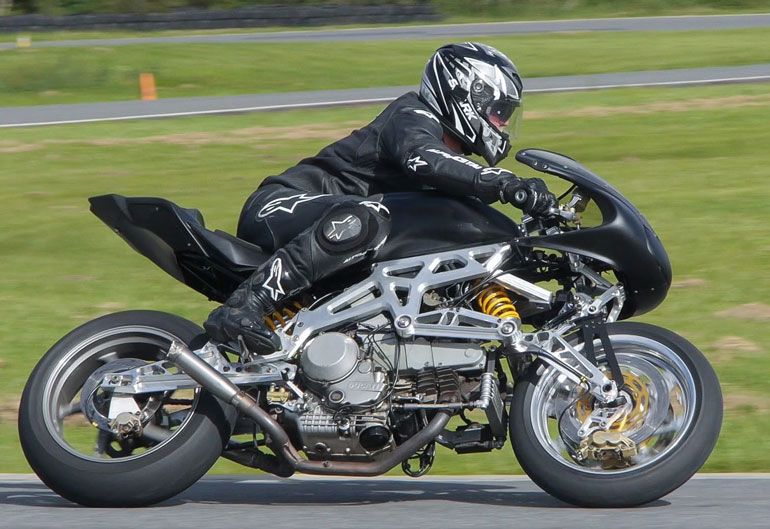How many engineers does it take to change a light bulb?
The answer is just one – Jake Dyson. He is on a mission to create a longer lasting energy efficient light bulb and revolutionise the lighting industry in the way his father, James Dyson, turned the vacuum cleaner sector on its head.
LEDs are theoretically built to deliver impressive life spans, but in typical lighting fixtures, inadequate cooling takes the junction temperature to 130º C. This damages the phosphorous coating, thus delivering progressively poorer light over time – and the hotter they run, the faster they die. To solve this problem, Dyson looked beyond heatsinks and traditional cooling systems and at the way heatpipes are used to cool microprocessors and components in satellites.
Dyson’s cooling system in the CSYS task light is engineered around an aluminium clad copper tube that keeps the LED operating at 55º C, giving it a run-time of 144,000 hours.
The same heat-pipe technology is used in the Cu-Beam suspended lights, where heat is transferred away from the light source and dissipated along the wings. Each wing contains 37 fins, which dissipate heat energy as it is transferred away from the LEDs.
Six vacuum-sealed tubes span the wings and each tube contains a drop of water. When the light is switched on, the heat generated by the LEDs turns the water inside the tubes into vapour. The vapour begins moving along the tubes due to the difference in pressure.
As soon as the vapour reaches a cool area of the tube, it condenses back into water. Heat energy is dissipated evenly through a series of aluminium fins, which form the light’s wings. Finally, a copper wick draws the water back towards the LEDs via capillary action, and the cycle begins again. This enables the lights in the Cu-Beam to stay bright for up to 180,000 hours.
According to Dyson, there’s a very specific length of heatpipe that works at peak efficiency before quickly becoming inefficient. The eight LEDs in the CSYS lights’ head are cooled by a half-metre heatpipe and aluminium fins that also form the entire length of the arm.
To design the vertical movement of the task light, Dyson drew on the counterweight pulley system used in drawing boards and construction cranes. Special anti-friction bearings allow the light to move horizontally.
Jake Dyson studied product design at Central Saint Martins College of Arts and Design in London. In 2004 he set up a small workshop in London equipped with a mill and a lathe, to produce his first commercial product – the Motorlight wall light. But it was improving and developing LED technology which captured his interest and became an area of focus for him.
Jake’s business became part of Dyson in 2015, and he is now R&D Director of Dyson and sits on the board. He works with his lighting team and Dyson’s wider team of 2000 engineers on future technology portfolios.



